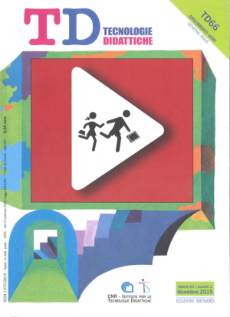Acoustic experiments with a smartphone
Main Article Content
Abstract
We show how the speed of sound - in air and in water - can be measured using a smartphone. We also describe a simple method to measure the Doppler effect, sound intensity attenuation, wave sound interference and diffraction.
Article Details
Section
Column "Field experiences"
Authors who publish with this journal agree to the following terms:
- Authors retain copyright and grant the journal right of first publication with the work simultaneously licensed under a Creative Commons CC BY 4.0 Attribution 4.0 International License.
- Authors are able to enter into separate, additional contractual arrangements for the non-exclusive distribution of the journal's published version of the work (e.g., post it to an institutional repository or publish it in a book), with an acknowledgement of its initial publication in this journal.
- Authors are permitted and encouraged to post their work online (e.g., in institutional repositories or on their website) prior to and during the submission process, as it can lead to productive exchanges, as well as earlier and greater citation of published work (See The Effect of Open Access)
References
Duncan, J., & Starling, S.G. (1931). A Text Book of Physics. London, UK: MacMillan and Co.
Galante, L., & Lombardi, A.M. (2013). Acustica con una bic e uno smartphone. La fisica nella scuola, XLVI(2), 54-58.
Khun, J., & Vogt, P. (2013). Applications and Examples of Experiments with Mobile Phones and Smartphones on Physics Lessons. Frontiers in Sensors, 1(4).
Oprea, M., & Miron, C. (2014). Mobile phones in the modern teaching of physics. Romanian reports in Physics, 66(4), 1236-1252.
Perez-Losada, J., & Fort, J. (2012). Using smartphones to enhance undergraduate learning in laboratory classes. The University: An Institution of Society. Barcelona, ES: CIDUI.

